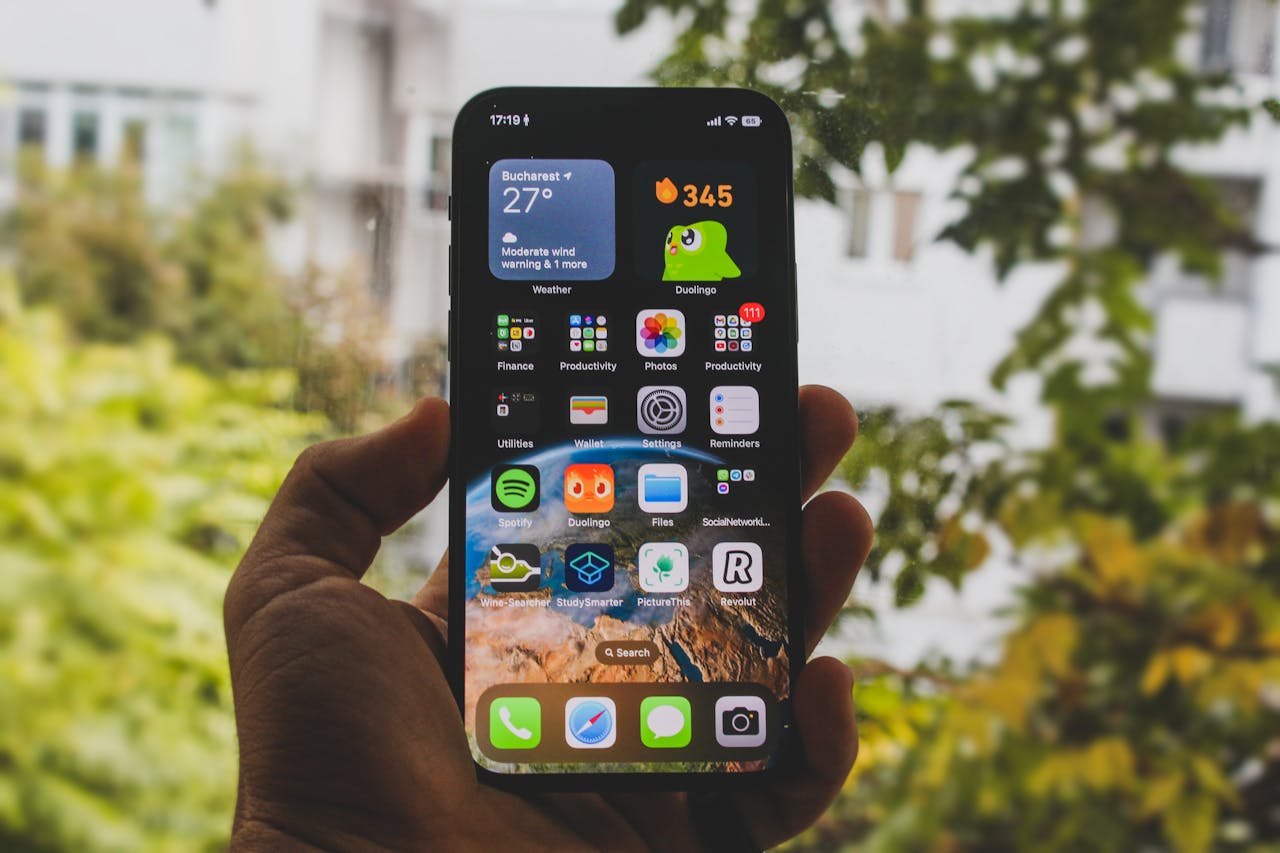Best Apps to Learn German in 2025 (Ranked & Reviewed)

Credit: Pexels
Learning German in 2025 is easier than ever, thanks to a wide range of powerful language learning apps. Whether you're just starting or already tackling complex grammar like the Konjunktiv II, the right app can fast-track your progress. Here’s a breakdown of the top-rated apps to learn German this year.
1. Duolingo – Best for Beginners
Price: Free (Premium optional)
Platform: iOS, Android, Web
Duolingo remains the go-to app for absolute beginners. Its gamified lessons and daily streak system help build a consistent habit. In 2025, its German course now includes updated grammar tips and regional voice recordings.
Pros: Easy to use, habit-building design, free.
Cons: Limited grammar depth, not ideal beyond A2 level.
2. Babbel – Best for Practical Conversations
Price: $13.95/month (discounts available)
Platform: iOS, Android, Web
Babbel’s strength lies in real-life dialogues and grammar explanations tailored to English speakers. Lessons are short, voice-verified, and designed by German linguists. A new AI-powered review system was introduced in 2025.
Pros: Great for travel and work scenarios, grammar support.
Cons: Paid only, limited cultural immersion.
3. LingQ – Best for Reading & Listening
Price: Free with premium tiers
Platform: iOS, Android, Web
If you’re serious about input-based learning, LingQ is unbeatable. You read and listen to native German content—podcasts, articles, audiobooks—while saving unknown words into your personalized vocabulary deck.
Pros: Rich native content, customizable learning.
Cons: Interface has a learning curve, best for intermediate+.
4. Anki – Best for Vocabulary Memorization
Price: Free (desktop + Android); iOS version is paid
Platform: All major platforms
Not strictly a language app, but an essential tool. With spaced repetition and customizable flashcards, Anki is ideal for memorizing German genders, verb forms, and idioms. Pre-made decks like “German Grammar Trainer” are popular in 2025.
Pros: Highly efficient memorization, fully customizable.
Cons: Manual setup required, not beginner-friendly.
5. Clozemaster – Best for Contextual Learning
Price: Freemium
Platform: iOS, Android, Web
For learners tired of isolated vocabulary, Clozemaster offers fill-in-the-blank sentences pulled from real German texts. It’s ideal for reinforcing grammar in context and suits learners at the A2–C1 levels.
Pros: Sentence-based learning, fast-paced.
Cons: Interface is dated, less structured than other apps.
Final Thoughts
No single app is perfect—but combining Duolingo for consistency, Babbel for grammar, and Anki or LingQ for advanced study creates a powerful German learning stack. The key in 2025? Mix passive input with active practice daily.


